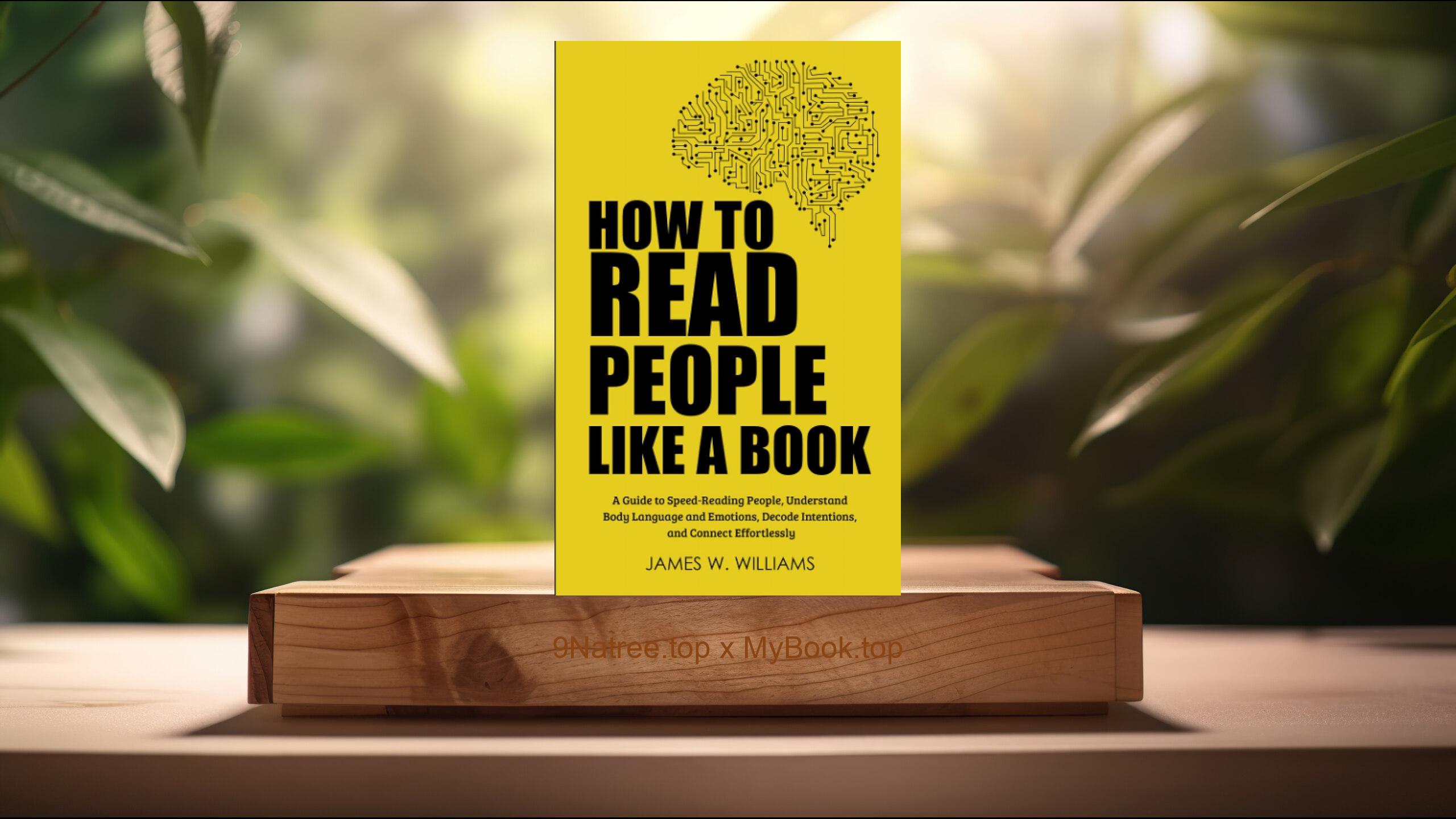Show Notes
- Amazon USA Store: https://www.amazon.com/dp/0310166640?tag=9natree-20
- Amazon Worldwide Store: https://global.buys.trade/2084-and-the-AI-Revolution%2C-Updated-and-Expanded-Edition-John-C-Lennox.html
- eBay: https://www.ebay.com/sch/i.html?_nkw=2084+and+the+AI+Revolution+Updated+and+Expanded+Edition+John+C+Lennox+&mkcid=1&mkrid=711-53200-19255-0&siteid=0&campid=5339060787&customid=9natree&toolid=10001&mkevt=1
- Read more: https://mybook.top/read/0310166640/
#AIethics #AGI #Transhumanism #Humandignity #GenerativeAI #Governanceandpolicy #Surveillancecapitalism #Faithandtechnology #2084andtheAIRevolutionUpdatedandExpandedEdition
These are takeaways from this book.
Firstly, From Narrow AI to Generative Breakthroughs, Lennox begins by distinguishing narrow AI from the long imagined goal of general intelligence. He explains how machine learning systems excel at specific tasks through data driven pattern detection, optimization, and scale, yet remain brittle outside their training regimes. The updated edition surveys the rise of large language models, multimodal systems, and foundation models that appear to reason, converse, and create. Lennox cautions that fluent output can mask shallow statistical mimicry, hallucination, and a lack of understanding. He walks readers through key ideas like training data, tokens, embeddings, inference, and alignment, showing why present systems are powerful tools but not minds. He also evaluates claims about emergent abilities, superhuman benchmarks, and agency, separating marketing myths from measurable capability. By keeping the definitions straight, Lennox equips readers to assess news, corporate promises, and policy proposals. The result is a sober picture: impressive advances with far reaching impact, yet still bounded by design, data, compute, and objectives set by humans.
Secondly, Human Uniqueness, Consciousness, and Personhood, A central thread in the book is the question of what a human being is. Lennox challenges reductionist claims that mind equals machine by engaging neuroscience, philosophy, and theology. He argues that consciousness, intentionality, moral awareness, and the capacity for rational reflection resist full capture by computation. Using clear examples, he shows how correlation and prediction differ from understanding and meaning, and why syntax does not guarantee semantics. He engages transhumanist narratives that promise to upgrade humanity through bio digital fusion, arguing that such visions often import hidden value judgments while overlooking the depth of human dignity and vulnerability. From a Christian perspective, Lennox grounds human worth in the image of God, which confers responsibility, creativity, and relational depth that no artifact can replicate. This does not belittle technology, but it locates technology as a tool within a richer account of personhood. Readers come away with a framework that honors scientific insight while resisting the flattening of persons into data, metrics, or code.
Thirdly, Ethics, Governance, and Power, Ethical governance runs throughout the book, with a focus on who builds AI, who benefits, and who bears risk. Lennox surveys concerns about bias, privacy erosion, manipulation, and unequal access, then connects them to deeper issues of truth and moral accountability. He examines surveillance capitalism, social credit systems, and predictive policing as cautionary case studies where efficiency can undermine freedom and justice. The updated edition tracks regulatory momentum, including risk based classification, safety standards, and calls for auditability, transparency, and liability. Yet rules alone are not enough. Lennox contends that character and virtue matter in labs, boardrooms, and legislatures, because power without moral ballast drifts toward exploitation. He offers principles of stewardship, proportionality, and human oversight, along with practical questions that any organization can apply when deploying AI. What problem are we solving, who may be harmed, what safeguards exist, and how will we measure unintended effects over time. By tying policy to purpose and virtue, the book moves beyond technical fixes to a holistic ethic that protects the vulnerable and channels innovation toward the common good.
Fourthly, Work, Creativity, and Education in an AI Age, Lennox devotes careful attention to how AI reshapes work and learning. He recognizes real risks of displacement, deskilling, and widened inequality, but he also highlights paths for augmentation where human judgment, empathy, and domain expertise gain leverage through smart tools. The book counsels readers to cultivate antifragile skills that travel across roles, such as critical thinking, communication, ethical reasoning, and systems awareness. For educators, Lennox discusses assessment integrity, new literacies for prompt design and model critique, and the importance of mentoring character, not merely competencies. For leaders, he outlines adoption practices that prioritize human in the loop design, measurable productivity gains, and transparent change management. Creativity receives special attention. Generative systems can accelerate ideation and draft work, yet they benefit most from clear briefs, taste, and iterative feedback that only people provide. Rather than fear or naive enthusiasm, Lennox recommends disciplined experimentation coupled with guardrails, so households, schools, and organizations can capture value while protecting trust, privacy, and purpose.
Lastly, Worldviews, Hope, and Responsible Innovation, Behind every forecast stands a worldview. Lennox compares secular optimism, techno pessimism, and pragmatic utilitarianism with a theistic vision that anchors meaning and moral law beyond shifting preferences. He reads classic dystopias as warnings about idolatry of the state or the machine, and he shows how utopian promises often smuggle in control and conformity. Against both panic and passivity, Lennox invites readers to cultivate hope grounded in reality. Hope is not denial of risk, but the courage to face risk with truth, humility, and love of neighbor. The book encourages civic engagement, cross disciplinary dialogue, and investment in institutions that can guide AI toward human flourishing. It closes with practical disciplines for individuals and communities, from digital sabbath and attention hygiene to charitable discourse and prudent policy advocacy. In this frame, responsible innovation becomes a moral project, not merely a technical race, and progress is measured by whether the most vulnerable are protected and the realm of human responsibility expands.
![[Review] 2084 and the AI Revolution, Updated and Expanded Edition (John C. Lennox) Summarized](https://episodes.castos.com/660078c6833215-59505987/images/2215511/c1a-085k3-z3pw6300h493-legkm1.jpg)




